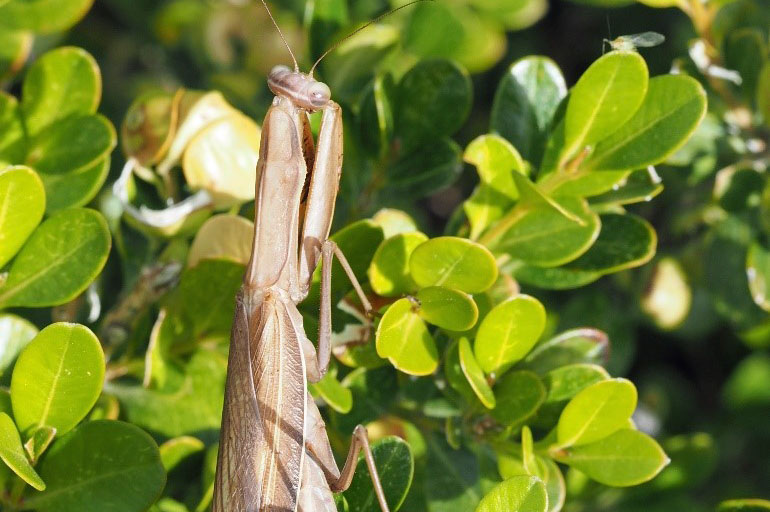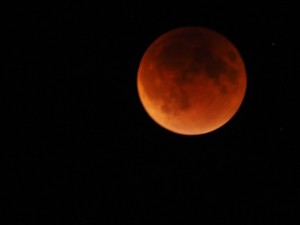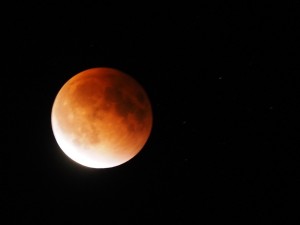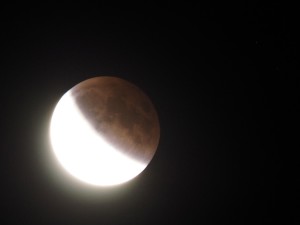
I am a Learn Photography student. So far, I have completed Digital 1, Digital 2 and the Night Photography courses with Neil and Mary Anthes. I can’t thank them enough for all I have learnt.
I first started really taking pictures when I retired in 2007. I have progressed from Digital Point and Shoot cameras to my first camera with interchangeable lens this past year. However, I have relied heavily on the “Auto” setting or some of the pre-set settings offered by the cameras. As much as I tried to learn photography by reading books discussing the concepts of “depth of field”, “ISO”, and “shutter speed”, I just couldn’t get my head wrapped around the interrelation of the three camera settings!!!
Mary and Neil’s patient instructions and explanations through the three courses I have completed have allowed me to overcome those hurdles. I still have a lot to learn; but, now I know how to experiment in Aperture or Shutter Priority (or even Manual) on the camera to get better photos!
 |
Last week my husband came inside and told me he had found a Praying Mantis on our boxwood hedge. Wanting to practice my new found knowledge I rushed outside with the macro lens on my camera. In the past, I have had trouble doing macro photography because I didn’t understand the concepts of “depth of field”. I figured that a bug was pretty small. I was taking the photo really close. Therefore, I assumed I should be using a shallow depth of field, i.e. 2.8. Often parts of the bug or flower I was photographing were out of focus! L Thanks to Learn Photography, I now know to use a higher aperture to get enough depth of field, particularly when using my macro lens. This photo was taken using an f8.0 setting. To my delight, the full Praying Mantis is completely in focus. |
 |
Another hurdle I have learnt to conquer is night photography. On Sept. 27th, my husband and I drove to the lookout over Kalamalka Lake to photograph the lunar eclipse. Prior to my Learn Photography Night Photography course, I have never had success photographing the moon. This time, I was thrilled to get some interesting shots of the “blood moon”, even though there was haze in the sky making it difficult to get a sharp focus. |
 |
I knew to set my camera on manual, use a tripod and remote shutter release and how to adjust my shutter speed as the eclipse started to fade so that I could still take photos capturing details of the moon. These first two shots used f6.7, ISO 800, and a shutter speed of 3.2 seconds. As the moon got brighter, I reduced my shutter speed. This final shot was taken with f 6.7 and ISO 800; but, the shutter speed was reduced to ¼ of a second. |